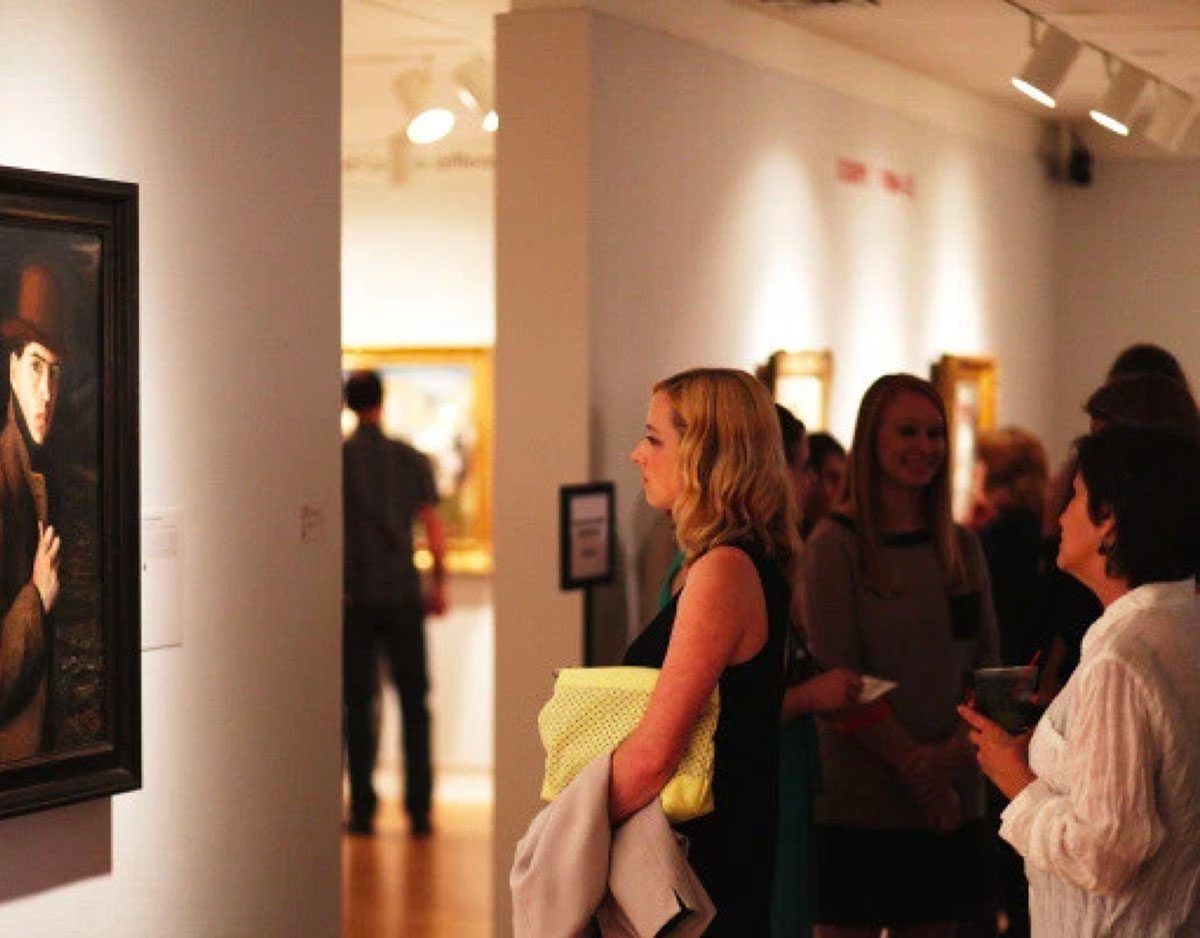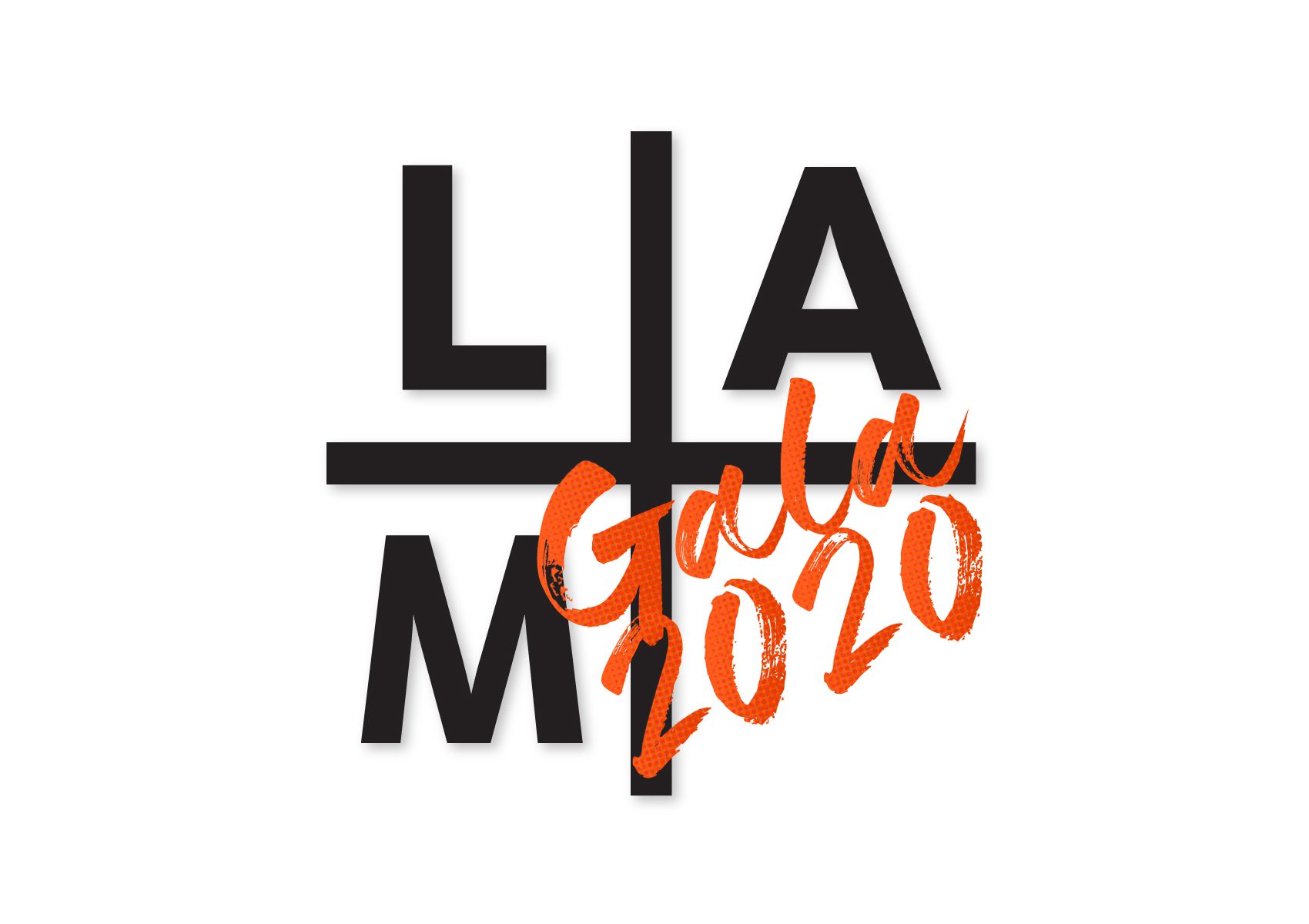Exhibit Overview
The economics of building has been a primary consideration. In my work, I believe that architecture should be practiced as an art form, a spacial sculpture clothed in the appropriate form and materials. The proper selection and finish of these materials and systems determine how the building will perform over the years, resulting in lower maintenance costs and graceful aging.
I firmly believe that each project has its own character; a blending of function, budget, the environment, and the client’s needs filtered through the creativity of the architect. The houses in this exhibition and book were built between 1965 and 1976, but most or them could not be built today because building codes have become increasingly restrictive, particularly in the areas of energy conservation, glass codes, and personal over-protection. But residential designing is one of the few areas in architecture where experimentation is still possible on a small scale. Each house can enrich the environment and at the same time make a small contribution to the state of the art of building through some experiment of one sort or another.
My travels in Mexico and Japan influenced my work, as did my heroes Soleri, Schindler, Nuetra, and Wright. My practice has been exciting, if not lucrative, like when the IRS padlocked my office doors and I couldn’t get back in for several days – which would have been bearable if I had not been living in my office at the time.
In designing these houses I strove for the most direct solution devoid of extraneous elements. My work addressed the client’s practical requirements, but also served their spiritual and emotional needs as well. Once I had defined the elements of the problem, the solution became clear. As Louis H. Sullivan said, ‘Every problem contains and suggests its own solution.’”
~ J. Lamont Langworthy, 1982

Subscribe To Our Newsletter
Receive news about collections, exhibitions, events, and more.








